ML Aggarwal Basic Geometrical Concept Exe-10.1 Class 6 ICSE Maths Solutions. We Provide Step by Step Answer of Exe-10.1 Questions for Basic Geometrical Concept as council prescribe guideline for upcoming board exam. Visit official Website CISCE for detail information about ICSE Board Class-6.
ML Aggarwal Basic Geometrical Concept Exe-10.1 Class 6 ICSE Maths Solutions
| Board | ICSE |
| Publications | Avichal Publishig Company (APC) |
| Subject | Maths |
| Class | 6th |
| Chapter-10 | Basic Geometrical Concept |
| Writer | ML Aggarwal |
| Book Name | Understanding |
| Topics | Solution of Exe-10.1 Questions |
| Edition | 2023-2024 |
Basic Geometrical Concept Exe-10.1
ML Aggarwal Class 6 ICSE Maths Solutions
Page-209
Question 1. How many lines can be drawn through a given point?
Answer :
Through a given point, an infinite number of lines can be drawn.
Question 2. How many lines can be drawn through two distinct given points?
Answer:
One
![]()
Question 3. How many lines can be drawn through three collinear points?
Answer :
one
![]()
Question 4. Mark three non-collinear points A, B and C in your note-book. Draw lines through these points taking two at a time and name these lines. How many such different lines can be drawn?
Answer:
lines AB, BC and CA; three.
Question 5. Use the figure to name :
(i) Five point
(ii) Aline
(iii) Four rays
(iv) Five line segments
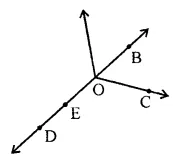
Answer:
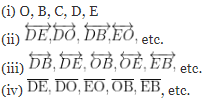
Question 6. Use the figure to name:
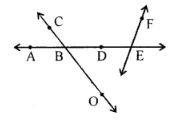
(i) Line containing point E.
(ii) Line passing through A.
(iii) Line on which point O lies.
(iv) Two pairs of intersecting lines.
Answer
Question 7. From the given figure, write

(i) collinear points
(ii) concurrent lines and their points of concurrence.
Answer
(i) A, D, C ; B, D, E.
(ii) l, n, p ; point B and m, p, q ; point A.
Basic Geometrical Concept Exe-10.1
ML Aggarwal Class 6 ICSE Maths Solutions
Page-210
Question 8. In the given figure, write
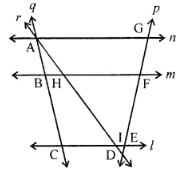
(i) all pairs of parallel lines.
(ii) all pairs of intersecting lines,
(iii) concurrent lines.
(iv) collinear points.
Answer:
(i) 1, m; 1, n; m, n
(ii) 1, p; m, p; n, p; 1, q; m, q;n, q; 1, r;m, r;n, r;p, q;p, r;q,r
(iii) n, r, quad
(iv) A, B, C; A, H, I, D; D, E, F, G; C, I, E; B, H, F
Question 11. Consider the following figure of line  . Says whether following statements are true or false in context of the given figure.
. Says whether following statements are true or false in context of the given figure.

(i) Q, M, O, N and P are points on the line .
(ii) M, O and N are points on a line segment .
(iii) M and N are end points of line segment .
(iv) O and N are end points of line segment .
(v) M is a point on the ray .
(vi) M is one of the end points of line segment .
(vii) Ray is same as ray
.
(viii)Ray is not opposite to ray
.
(ix) Ray is different from ray
.
(x) O is not an initial point of ray .
(xi) N is the initial point of and
.
Answer:
(i) True.
(ii) True.
(iii) True.
(iv) False.
(v) False.
(vi) False.
(vii) False.
(viii) False.
(ix) True.
(x) False.
(xi) True.
— : End of ML Aggarwal Basic Geometrical Concept Exe-10.1 Class 6 ICSE Maths Solutions :–
Return to – ML Aggarwal Maths Solutions for ICSE Class -6
Thanks


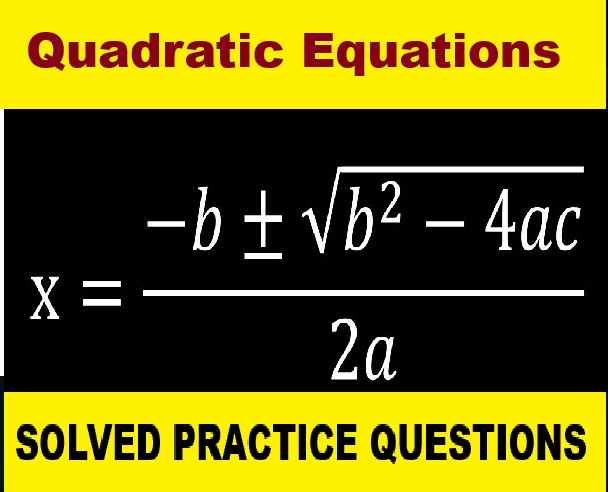
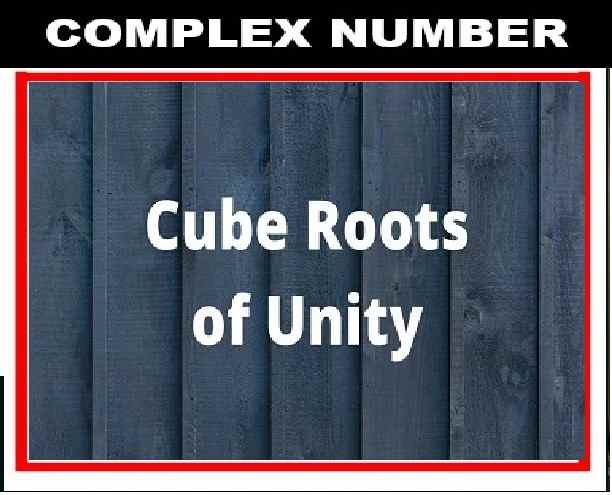
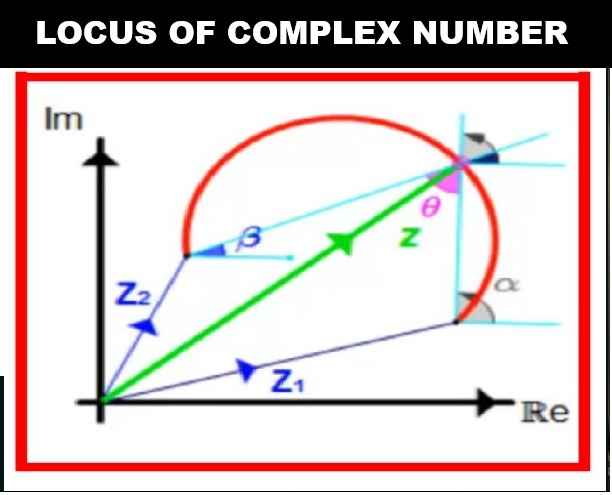
This site has really helped me get through all the tough questions in Geometry which I was Confronting. As all the questions are nearly facsimile to my course in ICSE, this has really helped me out. Thanks
thanks for your precious response which help our team for more resource publishing
again thanks
team icsehelp